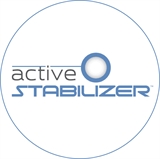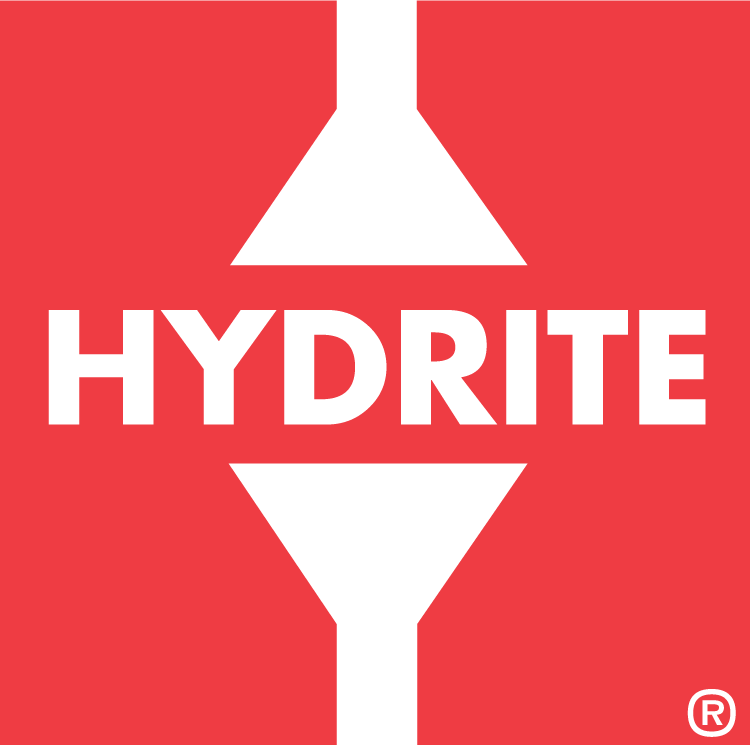Nitrogen Stabilizers

Help Prevent Nitrogen Loss from Fertilizers
By extending the availability of nitrogen in the soil, stabilizers ensure that plants have a consistent supply of this vital nutrient throughout their growth stages, leading to improved yields and quality of crops.
Active STABILIZER™ 
Active STABILIZER™ prevents nitrogen loss due to ammonia volatilization ensuring the most efficient use of nitrogen fertilizer. Depending on a farmer's goals, Active STABILIZER™ gives farmers a choice: higher yield using the same amount of urea-based nitrogen or same yield but using less urea-based nitrogen. It is the only nitrogen stabilizer on the market that generates a ROI with nitrogen savings alone. With its low cost and unique variable application rate farmers can treat as necessary to maximize their return on investment.
Benefits
- Not Treating Costs You: Stop wasting fertilizer! Without treatment, up to 50% of the nitrogen applied as soil fertilizer is converted to ammonia gas and released into the atmosphere.
- Treatment Pays for Itself: The cost of applying Active STABILIZER™ is guaranteed to pay for itself in nitrogen savings alone, reducing the amount of urea fertilizer required.
- Yield is 100% Profit: With 1.1 qt/ton of urea, Active STABILIZER™ is able to produce a ROI >1% in Nitrogen savings alone. Everything after that is profit.
- Novel Formulation: Formulation includes components to maximize your crops’ genetic potential, enhancing nutrient uptake and their ability to thrive in unfavorable conditions.
- Superior Handling Qualities: Active STABILIZER™ has a superior composition that enhances coverage and spread-ability, reduces dust, smell, caking, and can be used below freezing temperatures.
Active STABILIZER™ Frequently Asked Questions (FAQs)
Active STABILIZER™ is a liquid formulation for treatment of urea and urea containing fertilizers (UAN) used to prevent nitrogen loss through ammonia (NH3) volatilization. Active STABILIZER™ contains the active ingredient NBPT which works to prevent NH3 loss by inhibiting the urease enzyme in the soil.
NH3 is a gas. Picture anhydrous ammonia. Anydrous ammonia is 100% NH3 and without burying NH3 well beneath the soil surface, the gas escapes into the atmosphere. The urease enzyme exists in and is spread by soil microorganisms. Throughout the whole soil profile, the urease enzyme converts urea into NH3 and if urea is left near the soil surface, that converted NH3 gas escapes into the air.
Many factors influence NH3 loss including, but not limited to, soil and air temperature, soil moisture, soil pH, humidity, and wind.
A common myth suggests that NH3 cannot be lost when soil temperatures are cold. Montana University research conducted from 2008-2012 on cold and frozen soil shows NH3 losses up to 44%. Soil moisture and length of time before an incorporation event were the primary factors.
Volatilization is a term describing the results of NH3 gas being lost into the air. When NH3 contacts ample soil moisture ammonia (NH4+) is quickly formed. Everyone would like if the process would stop there, but nitrification is the term used to describe the process of soil bacteria converting ammonia (NH4+) to nitrate (NO3-). Nitrate (NO3-) is a negatively charged ion, just like soil, and therefor is subject to leaching. Leaching is the loss of nitrogen below the root zone. Different products on the market block nitrification to keep nitrogen in the positive form (NH4+) as long as possible.
Unfortunately, yes. Nitrification inhibitors can make volatilization losses worse. Based on research in 2016, nitrification inhibitors increased NH3 volatilization by 38%. Therefore, if using a “below ground” protectant (nitrification inhibitor), one must incorporate with tillage or irrigation immediately or also add a urease inhibitor like Active STABILIZER™ to prevent volatilization losses.
The economics of applying Active STABILIZER™ favor a return on investment from the nitrogen savings alone. Competitors on the market come at a much higher cost. The nitrogen savings alone seldom result in a positive return and therefore one must also obtain additional yield advantage with that nitrogen savings to pay for the application. The cost of Active STABILIZER™ is covered with just the value of nitrogen savings and all yield improvement is 100% added to the farmer’s bottom line.
Based on urea pricing as of March 1, 2021 and MSRP, the nitrogen savings to break even is 5-6%. Compare that to competitive products being 15-20%.
UAN is Urea Ammonium Nitrate. 50% of the nitrogen is the form of urea, 25% ammonium, and 25% nitrate. This means that 50% of the nitrogen in UAN is subject to volatilization loss if surface applied.
The simple answer is no. The questions to consider is how well the UAN is covered up during the injection. One may inject 2” down but if the trench is left open, gas can easily escape upon being broken down by the urease enzyme. Picture that plume of smoke behind the anhydrous ammonia applicator. That’s being injected at a depth of 7-9 inches and visible gas escapes when the soil doesn’t “seal” adequately.

Contact Us
Want to know more about our products and services? Contact us today!
